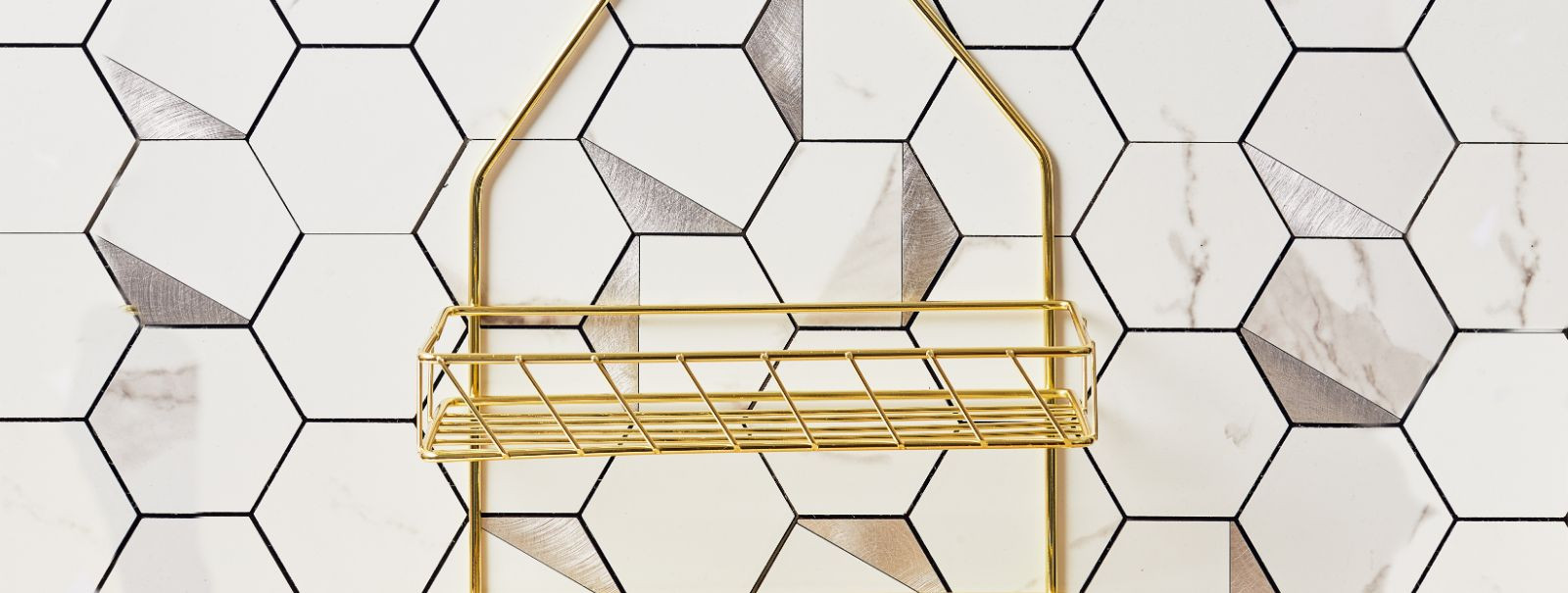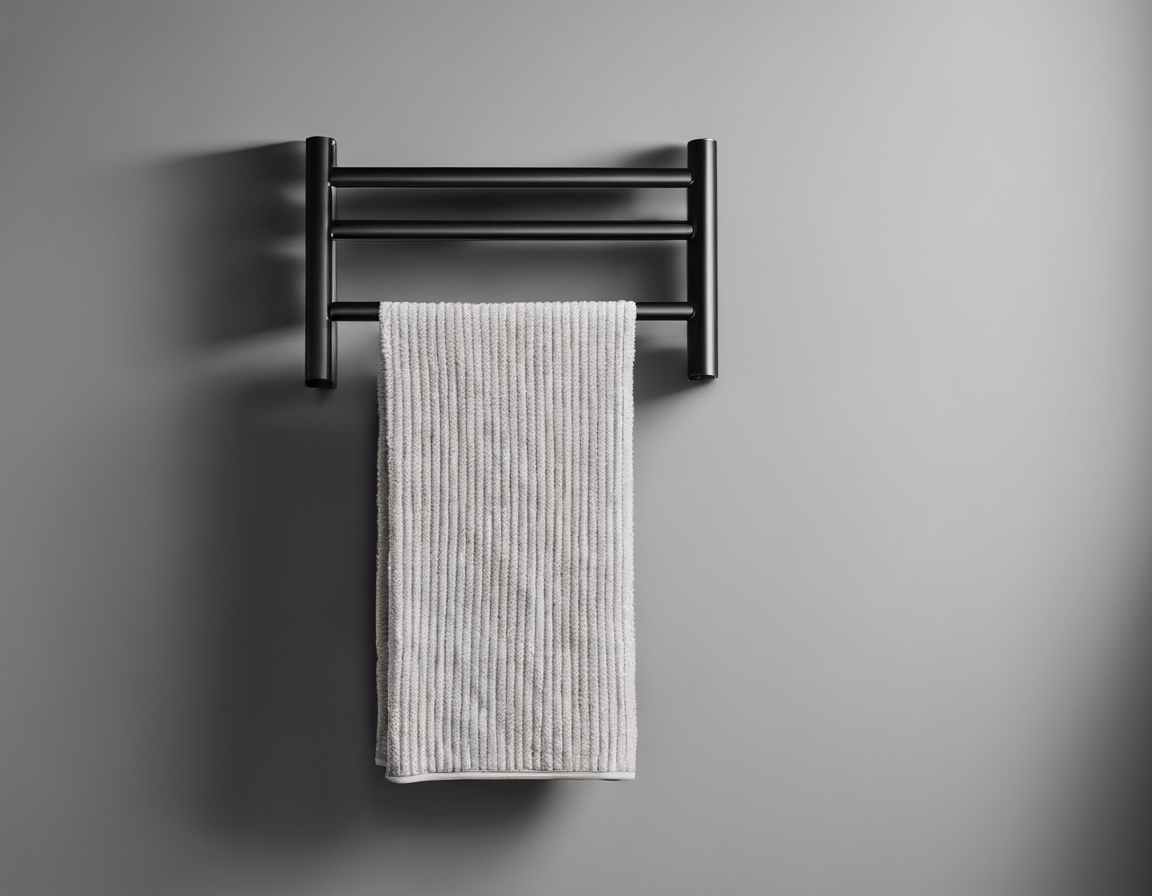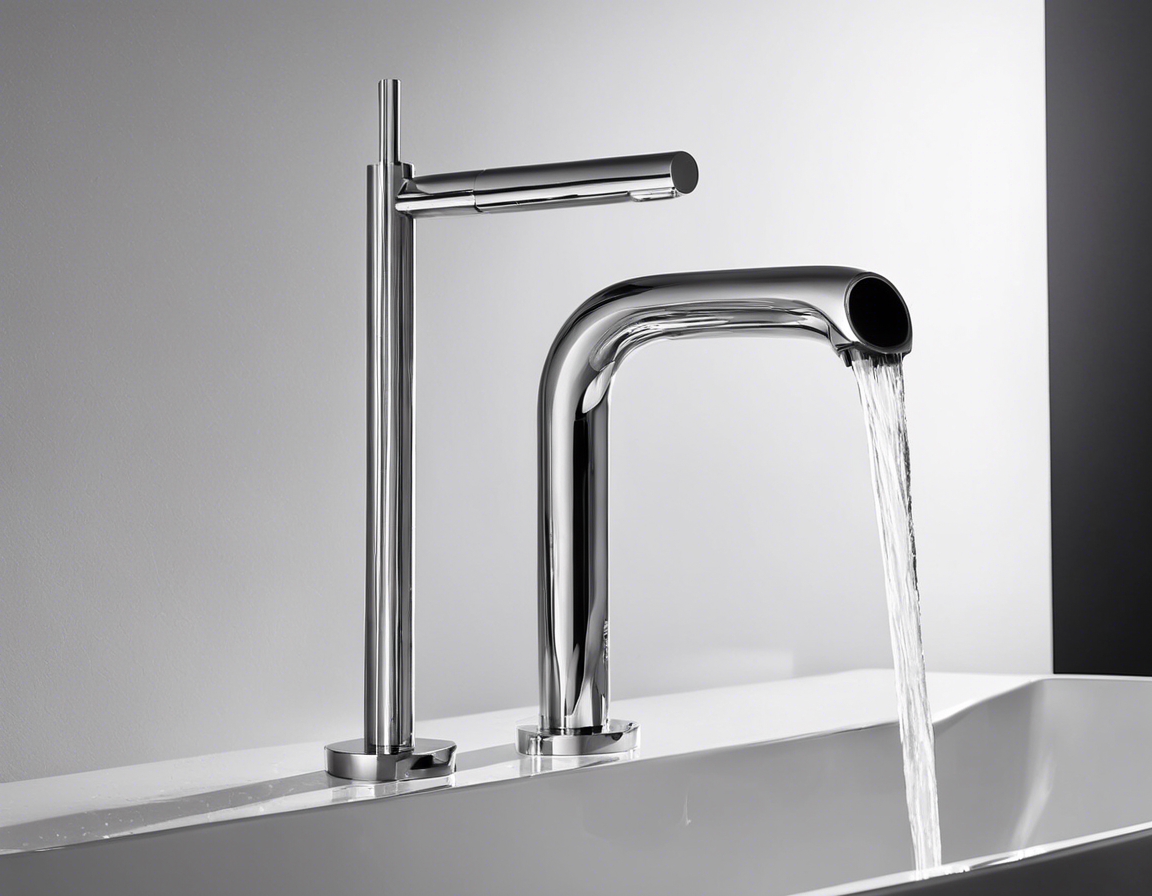The ultimate guide to bathroom tiles
When it comes to designing a bathroom, tiles are often the cornerstone of style and functionality. They protect your walls and floors from moisture while also providing an opportunity to infuse personality and elegance into your space.
Choosing the right bathroom tiles is crucial for ensuring durability, ease of maintenance, and the overall aesthetic appeal of your bathroom. The right tile can transform a simple bathroom into a luxurious spa-like retreat.
Contemporary trends in bathroom tiles include large-format tiles, matte finishes, bold patterns, and textured surfaces. These trends reflect a desire for minimalist design, as well as a focus on creating a tranquil and relaxing bathroom environment.
Types of Bathroom Tiles
Ceramic tiles are a popular choice due to their versatility, affordability, and wide range of colors and designs. They are ideal for walls and low-traffic areas.
Porcelain tiles are known for their durability and water resistance, making them suitable for both wall and floor applications in high-moisture areas.
Natural stone tiles, such as marble, granite, and slate, bring a touch of luxury and uniqueness to any bathroom, each piece varying in pattern and texture.
Glass tiles offer a modern and sleek look, with the added benefit of reflecting light to make a space feel larger and more open.
Mosaic tiles allow for creative designs and can be used to add intricate details or a pop of color to your bathroom.
Subway tiles are a timeless option that can be laid in a variety of patterns to create a classic or contemporary look.
Choosing the Right Tiles for Your Bathroom
It's important to consider the size and layout of your bathroom when selecting tiles. Larger tiles can make a small bathroom feel more spacious, while smaller tiles work well in intricate or irregular spaces.
Color and texture play a significant role in the ambiance of your bathroom. Light colors can make a bathroom feel more airy, while dark or textured tiles can add depth and warmth.
When selecting tiles, consider their durability and how much maintenance they will require. Porcelain and natural stone tiles are durable options, while glass and ceramic tiles may require more care.
Tile Size and Orientation
The size of the tiles you choose can greatly affect how your bathroom space is perceived. Large tiles tend to give a seamless look and can make a room appear larger.
Tile orientation and the patterns in which they are laid can create visual interest and can influence the style of your bathroom. Herringbone, basketweave, and chevron patterns are popular choices for adding texture and dimension.
Installation and Grouting
While some homeowners may opt for DIY tile installation to save costs, professional installation is recommended to ensure a flawless finish, especially for complex patterns and high-end materials.
Grouting is not just functional; it can also be a design choice. Colored grouts can complement or contrast with your tiles to create a unique look.
Cost and Budgeting for Bathroom Tiles
Several factors can affect the cost of bathroom tiles, including the type of tile, size, pattern, and installation costs. It's important to consider all these factors when planning your budget.
Setting a realistic budget for your tile project is essential. Consider the long-term value of high-quality tiles versus the initial investment, and don't forget to account for extras like grout and sealants.
Environmental Considerations and Sustainability
For those interested in sustainability, there are eco-friendly tile options available, such as recycled glass or ceramic tiles. These choices help reduce environmental impact without compromising on style.
Advancements in tile manufacturing have led to more sustainable practices, including the use of recycled materials and energy-efficient processes. When selecting tiles, consider the environmental footprint of the product.






Comments (0)